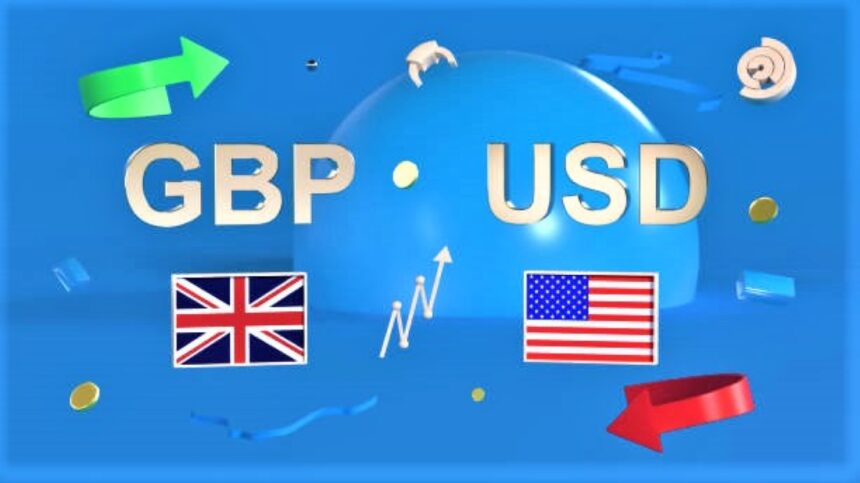Pound falls amid uncertainty about the BoE’s interest-rate future.
The Pound Sterling (GBP) is expected to fall in Monday’s London session. Due to uncertainty, as investors have yet to return to the FX sector. Following a holiday-filled weekend on Good Friday and Easter Monday.
Officials at the Bank of England believe that two or three rate decreases this year are reasonable.
On a larger level, the GBPUSD pair is consolidating just above the round-level support of 1.2600. As investors wait for more information on when the Bank of England (BoE) and the Federal Reserve (Fed) will begin cutting interest rates.
Earlier this Fed was expected to begin lowering interest rates earlier than the BoE this year. Which boosted the Pound Sterling’s valuation against the US Dollar. However, the BoE is expected to follow the Fed’s footsteps and begin rate decreases in June. Two hawkish BoE officials, Catherine Mann and Jonathan Haskel, believe there is no need for further rate increases since rising interest rates are affecting labor market conditions and consumer expenditure.
Catherine Mann said in a Bloomberg interview last week. That she canceled her rate hike proposal after realizing that consumers are hesitant to pay greater fees for things like travel and hospitality. Mann went on to say that businesses are reducing working hours during periods when more workers are needed. She later noted that The government’s cuts in social security rates will increase the number of workers in the labor force.
The British pound is projected to fall if the Bank of England lowers key borrowing rates earlier. Than expected after hiking them for more than two years.
Meanwhile, the US Dollar Index (DXY) surges to 104.60 as investors become concerned about the critical March Nonfarm Payrolls (NFP) report. Which will be released on Friday. The official labor market data is one of the most important economic data releases that influence the Fed’s rate-cut expectations.
Daily Market movers: Pound Sterling is slightly lower, while the US dollar climbs higher.
The Pound Sterling trades broadly sideways around 1.2600. As investors seek new cues about
when the Bank of England will begin cutting interest rates. Market expectations for the BoE to pivot to rate cuts have risen ahead of the June meeting, with the central bank appearing relatively dovish in its most recent monetary policy statement.
The BoE sounded dovish, with none of the officials voting for a rate increase. This suggests that BoE policymakers view current interest rates as restrictive. Policymakers do not consider future interest rate hikes as appropriate. When they are concerned that further policy tightening will harm the economic outlook or when inflation is on track to fall to the 2% objective.
Furthermore, after the most recent BoE meeting, Governor Andrew Bailey stated that market forecasts for two or three rate cuts this year are “reasonable,”
“, raising hopes that the BoE will decrease interest rates in June.
Investors are looking forward to new economic data from the US and UK Manufacturing PMIs.
On the economic front, investors will be looking for the UK’s S&P Global/CIPS Manufacturing PMI final data for March. Which will be released on Tuesday. The industrial data is expected to have remained constant from its preliminary reading of 49.9. Which was slightly below the 50.0 threshold that distinguishes expansion from contraction. Investors will pay close attention to the agency’s views on businesses’ predictions for domestic and global demand growth.
Meanwhile, the attractiveness of risk-perceived assets is strong. As S&P 500 futures are up. Market confidence has improved as expectations for the Federal Reserve to begin lowering interest rates at the June meeting have recently risen.
During today’s session Investors will pay attention to the United States ISM Manufacturing PMI for March, which will be released at 14:00 GMT. The PMI is expected to rise to 48.4 from 47.8 in February.









